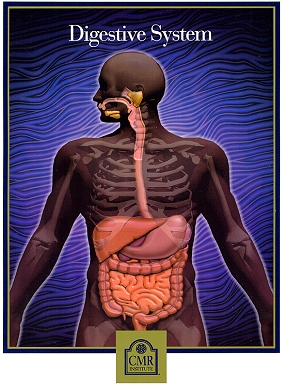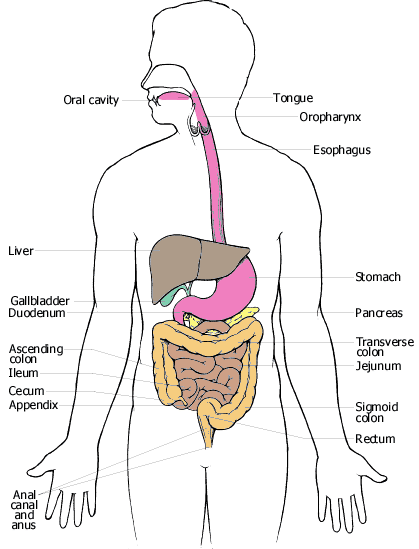
![]()
![]()



![]()
The Digestive Journey
The
digestive process starts in your mouth when you start eating. The salivary
glands produce secretions that are mixed with the food. The saliva breaks
down starches into dextrin and maltose. Then it goes down your esophagus
in peristaltic waves to the stomach. This only takes the matter of seconds.
The stomach contains gastric juice and the gastric juice contains chemicals
such as hydrochloric acid and some enzymes, including pepsin, rennin, and
lipase.
Pepsin
breaks proteins into peptones and proteoses. Rennin separates milk into
liquid and solid portions and lipase acts on fat. Another function of stomach
digestion is gradually to release materials into the upper small intestine,
where digestion is completed.
After
the solid food has been digested the fluid remaining is called chyme When
it is thoroughly digested it pass through the pylorus sphincter to the
small intestine. Here in the small intestine all the nutrients are absorbed
from the chyme into the bloodstream leaving the rest or the unusable residue.
The residue pass through the colon or large intestine to the rectum. The
solid waste, called feces pass through the canal and the anus.
![]()